Ready to launch your own podcast? Book a strategy call.
Frontlines.io | Where B2B Founders Talk GTM.
Strategic Communications Advisory For Visionary Founders
Conversation
Highlights
Nuclear fusion has long been the holy grail of clean energy, promising virtually limitless power with minimal environmental impact. But it’s also notorious for requiring billions in upfront investment before generating any return. In a recent episode of Category Visionaries, Francesco Volpe, founder of Renaissance Fusion, revealed how they’re breaking this pattern with an innovative go-to-market approach that’s already attracted $30 million in funding.
The Billion-Dollar Entry Problem
The fundamental challenge of commercializing fusion is the massive capital requirement. As Francesco explains, “If you want to launch a photovoltaic business, you can start with few thousand dollars. If you want to launch a fusion business, your very first reactor will cost on the order of 2 billions.”
This creates a seemingly insurmountable barrier for startups. But Renaissance Fusion found a way around it by identifying an immediate market opportunity within their technology stack.
Turning Components into Revenue
Rather than waiting years to generate revenue from fusion reactors, Renaissance Fusion is commercializing their high-temperature superconductor technology – a critical component of their fusion system – to other industries.
“Our go-to market strategy is two prong,” Francesco explains. “We are a fusion company, but at the same time we are also a manufacturer of superconductors.” This strategy targets both fusion clients (other startups and research labs) and non-fusion markets like wind energy and medical imaging.
The timing is perfect: “There is a mismatch by a factor of two between supply and demand,” Francesco notes, indicating strong market pull for their technology even before achieving fusion.
Building Public Trust Through Technology
Perhaps most interesting is how Renaissance Fusion approaches nuclear energy’s perception problem. Instead of relying solely on messaging and education, they’ve embedded public acceptance into their core technology through innovative liquid metal cooling systems.
“To minimize reactivity of the fusion reactor, we coat the inside of the reactor with a thick layer of liquid metal,” Francesco explains. This technology physically minimizes radioactivity while maximizing public acceptance – turning what could be a market barrier into a competitive advantage.
The Path to Commercialization
Renaissance Fusion has mapped out a clear progression toward their ultimate goal. “In five years, Renaissance Fusion and other startups will have built their first fusion reactor,” Francesco predicts. Their approach includes:
- Starting with tabletop demonstrators to prove key technologies
- Scaling superconductor production by mid-2025
- Developing high-temperature liquid metal systems
- Building toward net electricity production within 10 years
The company splits funding between private investment (roughly two-thirds) and government grants (one-third), allowing them to maintain momentum while developing their long-term vision.
Lessons for Deep Tech Founders
Renaissance Fusion’s approach offers valuable insights for founders tackling capital-intensive technologies:
- Find revenue bridges to your vision by commercializing component technologies
- Build market acceptance into product architecture rather than treating it as a separate challenge
- Create clear technical milestones that align with funding stages
- Convert market concerns into product innovation opportunities
As Francesco puts it, “We explain these small risks we’re taking now is for the greater good. Later we will take lower commercial risk, later down the road there would be a better product market fit.”
By rethinking traditional approaches to both fusion technology and go-to-market strategy, Renaissance Fusion is charting a new path toward commercial fusion power – one that doesn’t require billions in upfront investment to get started.
Actionable
Takeaways
Build revenue bridges to long-term vision:
Renaissance Fusion demonstrates how deep tech startups can generate early revenue through component technologies while working toward their ultimate vision. Francesco explained their strategy of commercializing superconductor technology to non-fusion markets, creating immediate revenue opportunities while developing their fusion technology.
Address market psychology head-on:
When dealing with technologies that face public concern or skepticism, Francesco emphasizes the importance of direct education and transparent communication. Rather than avoiding difficult conversations about safety and risk, the company has made public acceptance a core pillar of their technology development.
Structure technical innovation to reduce capital requirements:
In capital-intensive industries, Francesco shows how to strategically sequence development to reduce initial capital requirements. By starting with smaller demonstration projects and revenue-generating components, they've created a path to their ultimate billion-dollar reactor while raising manageable funding rounds.
Balance multiple stakeholder perspectives:
Renaissance Fusion successfully navigates complex relationships between private investors, government grants, and public interests. Francesco highlighted how they align different stakeholder priorities - from investor returns to environmental impact - through clear communication about risk/reward tradeoffs and development timelines.
Leverage adjacent markets for validation:
Their strategy of selling superconductor technology to established industries like wind energy and medical imaging provides technical validation and market credibility while developing their core fusion technology. This approach helps de-risk the broader vision for both investors and customers.
Recommended Founder
Interviews


Allison Wolff
CEO of Vibrant Planet
Allison Wolff, CEO at Vibrant Planet: $34 Million Raised to Build the Future of Land Management Restoration


Steff Gerhart
Co-Founder & Co-CEO of ecoLocked
Steff Gerhart, Co-Founder & Co-CEO of ecoLocked: $6 Million Raised to Transform Buildings into Carbon Sinks


Thibault Castagne
CEO and Founder of Vianova
Thibault Castagne, CEO and Founder of Vianova: $8.8 Million Raised to Build the Go-To Operating System for the Mobility World

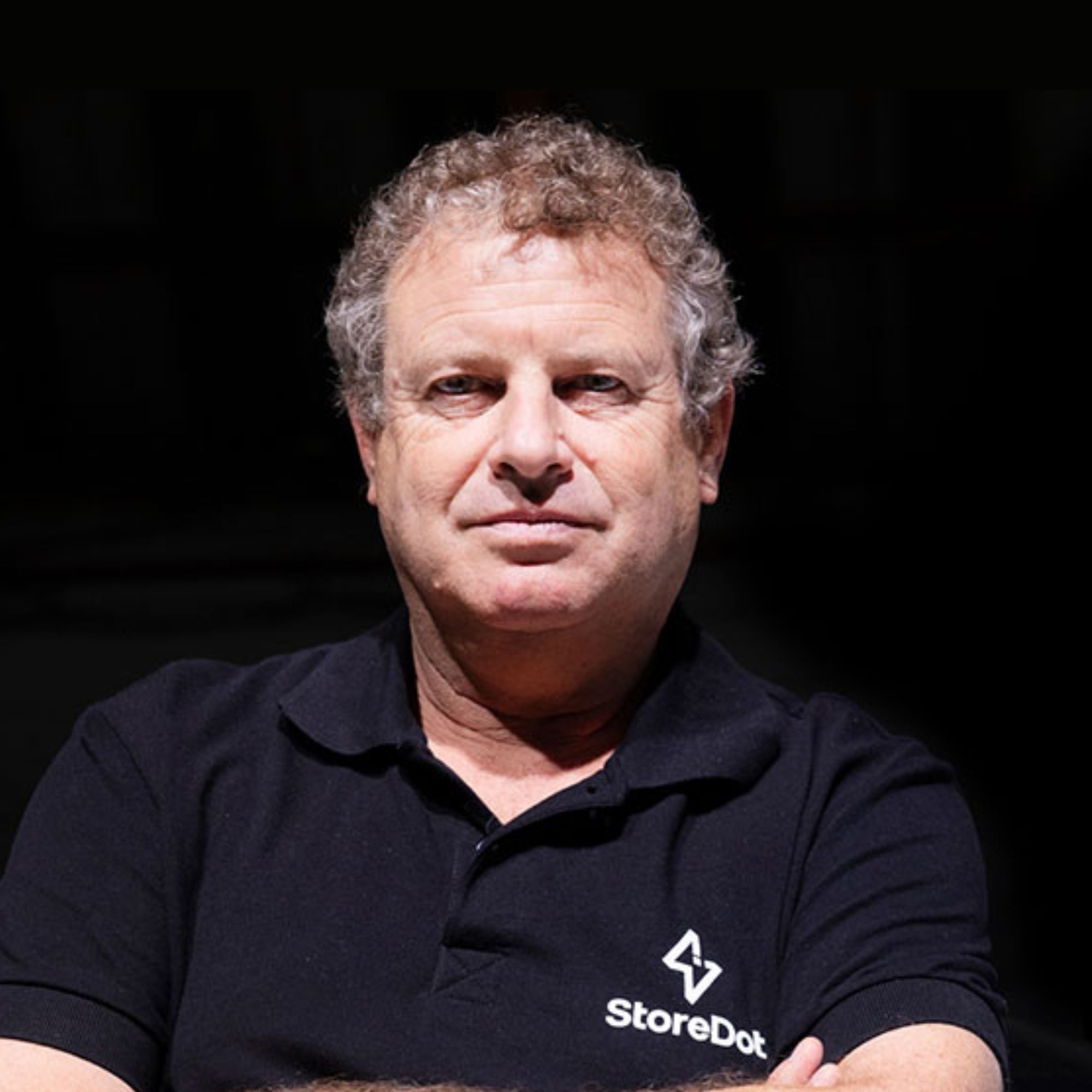
Doron Myersdorf
CEO & Co-Founder of StoreDot
Doron Myersdorf, CEO & Co-Founder of StoreDot : $200 Million Raised to Power the Future of Electric Vehicles


Iain Cooper
CEO of SeekOps Inc.
Iain Cooper, CEO of SeekOps, $23 Million Raised to Build the Future of Emissions Monitoring

Sid Jha
Founder & CEO of Arbol
Sid Jha, Founder & CEO of Arbol: Over $20 Million Raised to Build the Future of Climate Risk Management


Daniel Betts
CEO & Co-Founder of Blue Frontier
Daniel Betts, CEO of Blue Frontier: $47.8M Raised to Revolutionize Air Conditioning with Energy-Storing Smart Climate Technology


Tim Weiss
CEO and Co-Founder of Optera
Tim Weiss, CEO & Co-Founder of Optera: $17.5 Million Raised to Build the Future of Carbon Management and Accounting


Astrid Atkinson
CEO & Co-Founder of Camus Energy
Astrid Atkinson, CEO of Camus Energy: $20 Million Raised to Build the Future of Grid Management

Sandeep Ahuja
CEO of Covetool
Sandeep Ahuja, CEO of Covetool: $36 Million Raised to Power the Future of Building Design with AI
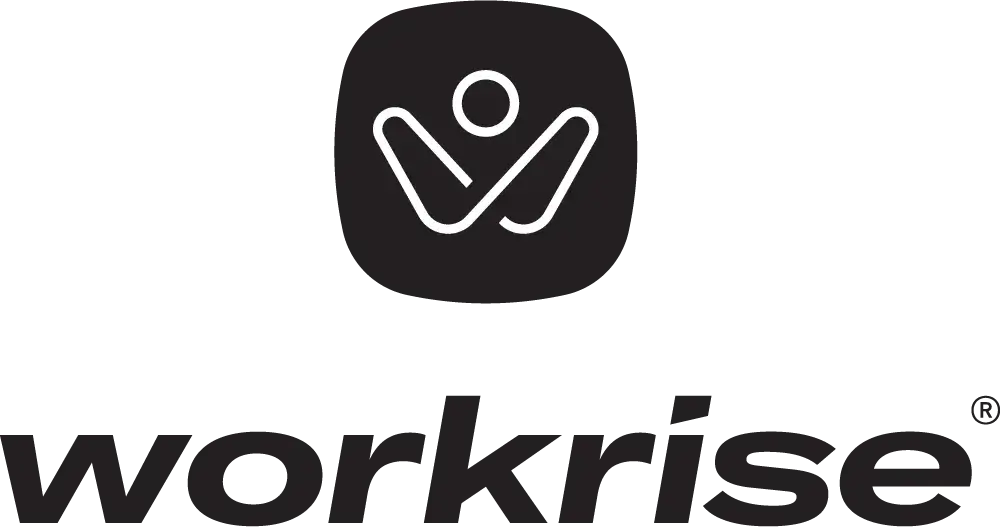

Michael Witte
CEO & Co-founder of Workrise
Michael Witte, CEO & Co-founder of Workrise: $750 Million Raised to Power the Future of the Energy Industry


Zak Lefevre
CEO of ChargeLab
Zak Lefevre, CEO of ChargeLab: $20 Million Raised to Build the Operating System for EV Chargers

Adam Silver
CEO & Co-Founder of Plural Energy
Adam Silver, CEO & Co-Founder of Plural Energy: $2.8 Million Raised to Build the Future of Clean Energy Investing


Allen Kramer
Co-Founder & COO of Crux
Allen Kramer, Co-Founder and COO of Crux: $27 Million Raised to Power the Future of Sustainable Finance

Michael Belenkie
CEO and President of Entropy
Michael Belenkie, CEO and President of Entropy: $300 Million Raised to Spearhead Efficiency and Innovation in the Carbon Capture Economy


Matt LeDucq
CEO and Co-Founder of Forum Mobility
Matt LeDucq, CEO & Co-Founder of Forum Mobility: $423 Million Raised to Power the Future of Zero-Emission Trucking

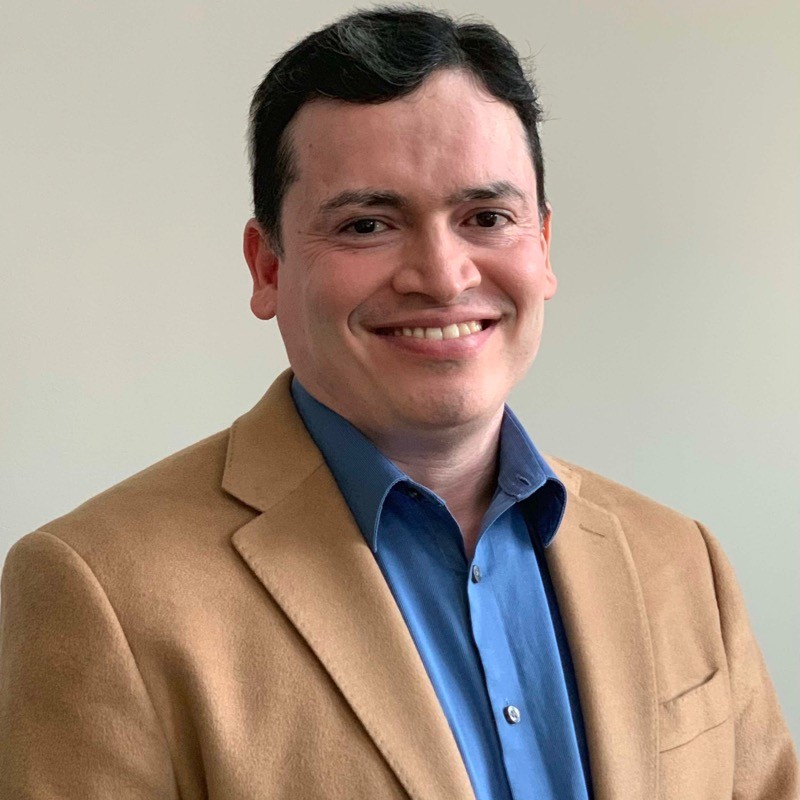
Mukund Karanjikar
CEO of CleanJoule
Mukund Karanjikar, CEO of CleanJoule: $55 Million Raised to Power the Future of Sustainable Aviation Fuel


Gary Lewis
CEO & Co-Founder of Resourcify
Gary Lewis, CEO & Co-Founder of Resourcify: $15 Million Raised to Build the Future of Recycling Management


Greg Newbloom
CEO and Founder of Membrion
Greg Newbloom, CEO & Founder of Membrion: $23 Million Raised to Build the Future of Industrial Wastewater Treatment Solutions


Thomas Sisto
CEO & Co-Founder of XL Batteries
Thomas Sisto, CEO & Co-Founder of XL Batteries: $20 Million Raised to Transform Grid-Scale Energy Storage


Matei Stratan
CEO of Ogre
Matei Stratan, CEO of Ogre: $2 Million Raised to Build the Future of Energy Management


Joselyn Lai
CEO & Co-Founder of Bedrock Energy
Joselyn Lai, CEO & Co-Founder of Bedrock Energy: $9 Million Raised to Power the Future of Geothermal Energy


Saurabh Kapoor
CEO & Co-Founder of Metafuels
Saurabh Kapoor, CEO & Co-Founder of Metafuels: $22 Million Raised to Pioneer Synthetic Aviation Fuel Technology

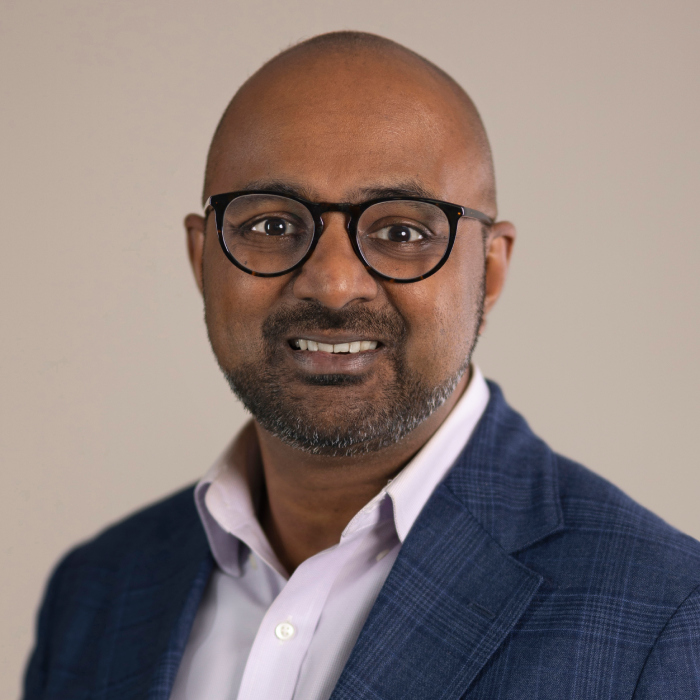
Arvin Ganesan
CEO of Fourth Power
Arvin Ganesan, CEO of Fourth Power: $20 Million Raised to Build the Future of Energy Storage


Troy Carter
CEO and Co-Founder of Earthshot Labs
Troy Carter, CEO and Co-Founder of Earthshot Labs: $11 Million Raised to Power the Future of Ecosystem Conservation and Restoration


Curtis VanWalleghem
Co-Founder & CEO, Board Member of Hydrostor
Curtis VanWalleghem, CEO of Hydrostor: $322 Million Raised to Build the Future of Energy Storage

Omar Abou-Sayed
Co-Founder & Executive Chairman of Vaulted Deep
Omar Abou-Sayed, Co-Founder & Executive Chairman of Vaulted Deep: $8 Million Raised to Build the Future of Carbon Removal


Manik Suri
Manik Suri, CEO and Founder of Therma: $30 Million Raised to Build the Cooling Intelligence Category


Joshua Riedy
CEO and Founder of Thread
Joshua Riedy, CEO and Founder of Thread: $20 Million Raised to Power the Future of Energy Grid Maintenance


Antoine Welter
CEO and Co-Founder of Circu Li-ion
Antoine Welter, CEO & Co-Founder of Circu Li-ion: $8.5 Million Raised to Build the Future of Battery Upcycling


Kameale Terry
Co-Founder and CEO of ChargerHelp!
Kameale Terry, Co-Founder and CEO of ChargerHelp!: Over $20 Million Raised to Build the Future of Electric Vehicle Infrastructure


Kenneth Herschel
CEO and Co-Founder of Viggo
Kenneth Herschel, CEO and Co-Founder of Viggo: Nearly $6 Million Raised to Build the Future of EV Charging Infrastructure


Quentin Scrimshire
CEO and Co-Founder of Modo Energy
Quentin Scrimshire, CEO & Co-Founder of Modo Energy: $20 Million Raised to Build the Energy Asset Benchmarking Category

Adam Tank
Co-Founder of Transcend
Adam Tank, Co-Founder of Transcend: $35 Million Raised to Revolutionize Critical Infrastructure Design


Ben Christensen
CEO of Cambium Carbon
Ben Christensen, CEO of Cambium Carbon: $5.5 Million Raised to Build a new Category of Sustainable Wood


Martin Kosak
Head of Marketing of Sensoneo
Event Marketing Mastery: Martin Kosak on Sensoneo’s Success at Trade Shows


Chris Hare
CEO of PRTI
Chris Hare, CEO of PRTI: Over $25 Million Raised to Transform America’s Billions of Waste Tires into Valuable Commodities


Kaitlyn Albertoli
CEO and Co-Founder of Buzz Solutions
Kaitlyn Albertoli, CEO and Co-Founder of Buzz Solutions: Nearly $6 Million Raised to Build the Future of Infrastructure Inspection


Liz Gilligan
CEO & Founder of Material Evolution
Liz Gilligan, CEO & Founder of Material Evolution: $19 Million Raised to Build the Future of Sustainable Cement


Matt Loszak
CEO & Co-Founder of Aalo Atomics
Matt Loszak, CEO & Co-Founder of Aalo Atomics: $33 Million Raised to Build the Future of Nuclear Energy


Kentaro Kawamori
CEO & Co-Founder of Persefoni
Kentaro Kawamori, CEO & Co-Founder of Persefoni: $114 Million Raised to Build the Climate Disclosure & Carbon Management Category


Khaled Hassounah
CEO & Founder of Ample
Khaled Hassounah, CEO and Founder of Ample: $290M Raised to Build the Future of EV Batteries


Greg Fallon
CEO of Geminus
Greg Fallon, CEO of Geminus: $12 Million Raised to Help the Industrial Sector Prepare for the Energy Transition

Marina Azcarate
Head of Marketing of Mitiga Solutions
Marina Azcarate, Head of Marketing at Mitiga Solutions: Driving the Future of Climate Risk with Cutting-Edge Tech


Alex Siminoff
Director of Marketing of Parity
Alex Siminoff, Director of Marketing at Parity: Mastering HVAC Optimization with Effective B2B Storytelling


Virginia Klausmeier
CEO and Founder of Sylvatex
Virginia Klausmeier, CEO and Founder of Sylvatex: More Than $15 Million Raised to Build a Better Class of Sustainable Materials and Drive the Green Revolution


Josh Knauer
Co-Founder of Reseed
Josh Knauer, Co-Founder of Reseed: $5 Million Raised to Build the Future of Carbon Credits for Farmers

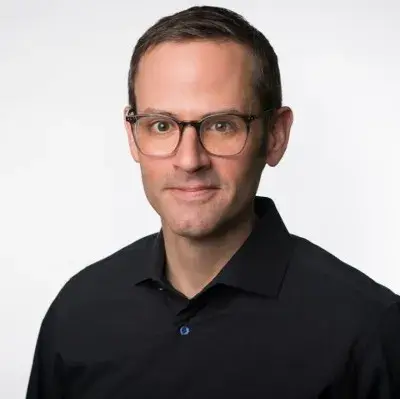
Dan Forman
CEO and Co-Founder of Copper Labs
Dan Forman, CEO and Co-Founder of Copper Labs: $13 Million Raised to Enable the Data-Driven Utility of the Future


Alisa Valderrama
Co-founder and CEO of FutureProof Technologies
Alisa Valderrama, Co-Founder and CEO of FutureProof Technologies: $10 Million Raised to Translate Climate and Weather and Financial Risk with Unprecedented Accuracy

Preston Bryant
Co-Founder, Executive Chair, & Chief Commercial Officer of Momentum
Preston Bryant, Co-Founder of Momentum: $20 Million Raised to Transform Battery Recycling Through Materials Science Innovation

Jan Willem Rombouts
CEO & Founder of Beebop AI
Jan Willem Rombouts, CEO & Founder of Beebop AI: $5.5 Million Raised to Power Grid Orchestration for the Clean Energy Transition


Javier Marti
CEO and Founder of Divirod
Javier Marti, CEO & Founder of Divirod: $7.6 Million Raised to Build the Google Maps For Water

Marc Borrett
CEO & Co-Founder of Reactive Technologies
Marc Borrett, CEO & Co-Founder of Reactive Technologies: $80 Million Raised to Build the Future of Grid Measurement
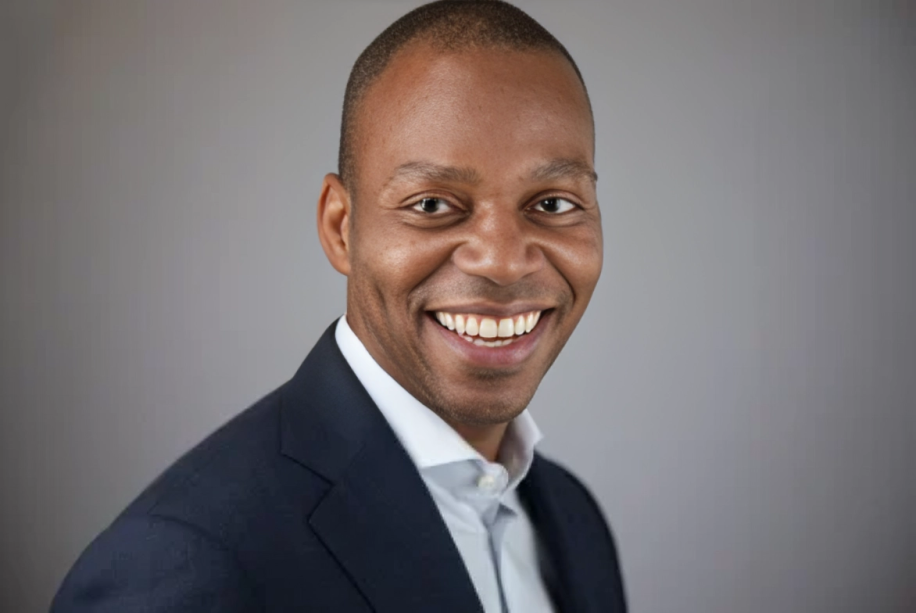
John Belizaire
CEO of Soluna
John Belizaire, CEO of Soluna: $180 Million Raised to Power the Future of Renewable Computing for AI


Elizabeth Muller
Co-Founder and Executive Chair of Deep Isolation
Elizabeth Muller, Co-Founder and Executive Chair of the Board of Deep Isolation: Over $22 Million Raised to Build the Future of Nuclear Waste Disposal


Dr. Kai-Philipp Kairies
CEO and Co-Founder of Accure
Dr. Kai-Philipp Kairies, CEO & Co-Founder of Accure: $18.5 Million Raised to Build the Future of Battery Intelligence


Scott Graybeal
CEO of Caelux
Scott Graybeal, CEO of Caelux: $70 Million Raised to Transform Solar Energy with Perovskite Technology


Ali Javidan
Co-Founder of Range Energy
Ali Javidan, Co-Founder of Range Energy: $9 Million Raised to Build the Future of Electric Semi-Trucks


Gary Ong
CEO & Founder of Celadyne
Gary Ong, CEO & Founder of Celadyne: $5 Million Raised to Power the Future of Green Hydrogen Production